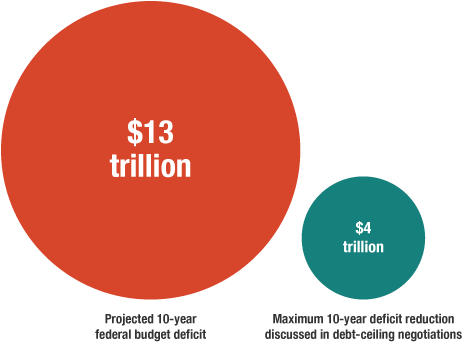This is an entry in an occasional series of posts looking back at the Ring Magazine Fights of the Year from 1970 to 2009.
In 1982, Rafael “Bazooka” Limon defended his WBC Super Featherweight championship against Bobby Chacon. This was their fourth meeting, and a true tie-breaker: Their three previous fights had resulted in a technical draw and one decision win for each man.
Chacon would emerge with a narrow unanimous decision victory (141-142, 141-143, 140-141 — I scored it 141-143). Based on the states of the fighters at the end of the bout this was an indisputably just verdict, and Limon looked very lucky to end the fight on his feet.
Chacon would make just one successful defense of his new title (against Cornelius Boza Edwards, in the very next FOTY) before losing to Ray Mancini, and eventually retiring in 1988. Interestingly, Chacon won all 7 of his post-Mancini fights, but never fought for another title. Limon, on the other hand, went 2-11 in his post-Chacon career, retiring in 1994.
Overview
When a boxer sports the nickname “Bazooka”, you sort of know what you’re in for. Limon was committed to the power punch. Chacon was a slugger himself, but the better and more subtle of the fighters here. The fight was a matter of whether Chacon could stand up to Limon’s power well enough to dismantle him with (somewhat) better technique.
In the event, he could, and it was Limon who looked lucky to survive a match in which he had jumped out to an early lead. It’s worth noting that Chacon probably needed his last-second KD to win the fight; absent the extra point, he would likely have been on his way to a MD draw.
Reaction
It would be difficult to imagine more of a contrast with the Leonard/Hearns fight than this one; that was a boxing match, this was a brawl. What made this a great fight was its drama and unpredictability; as the advantage shifted back and forth between the fighters, and as either seemed capable of suddenly stopping the other at any time, this fight demanded the fan’s attention in a way that few do.
Limon’s style is particularly noteworthy; rarely have I seen a championship-level fighter throw such wild and (apparently) undisciplined punches. Chacon was no master tactician himself, but he seemed like the sort of solid and durable fighter who can sometimes grit his way to the top. The cliche is that “styles make fights”, and they made a great one here.
Continue reading →



